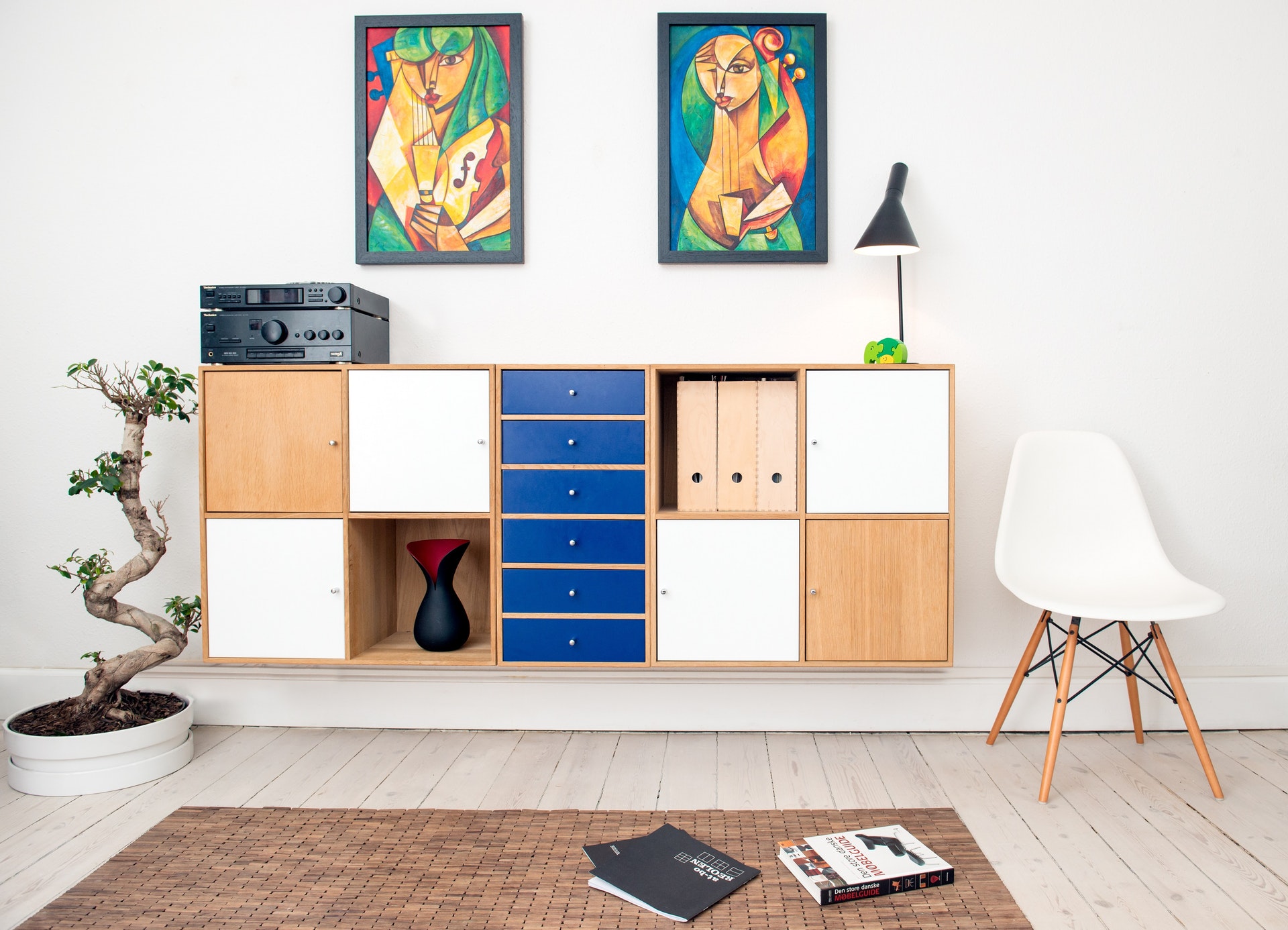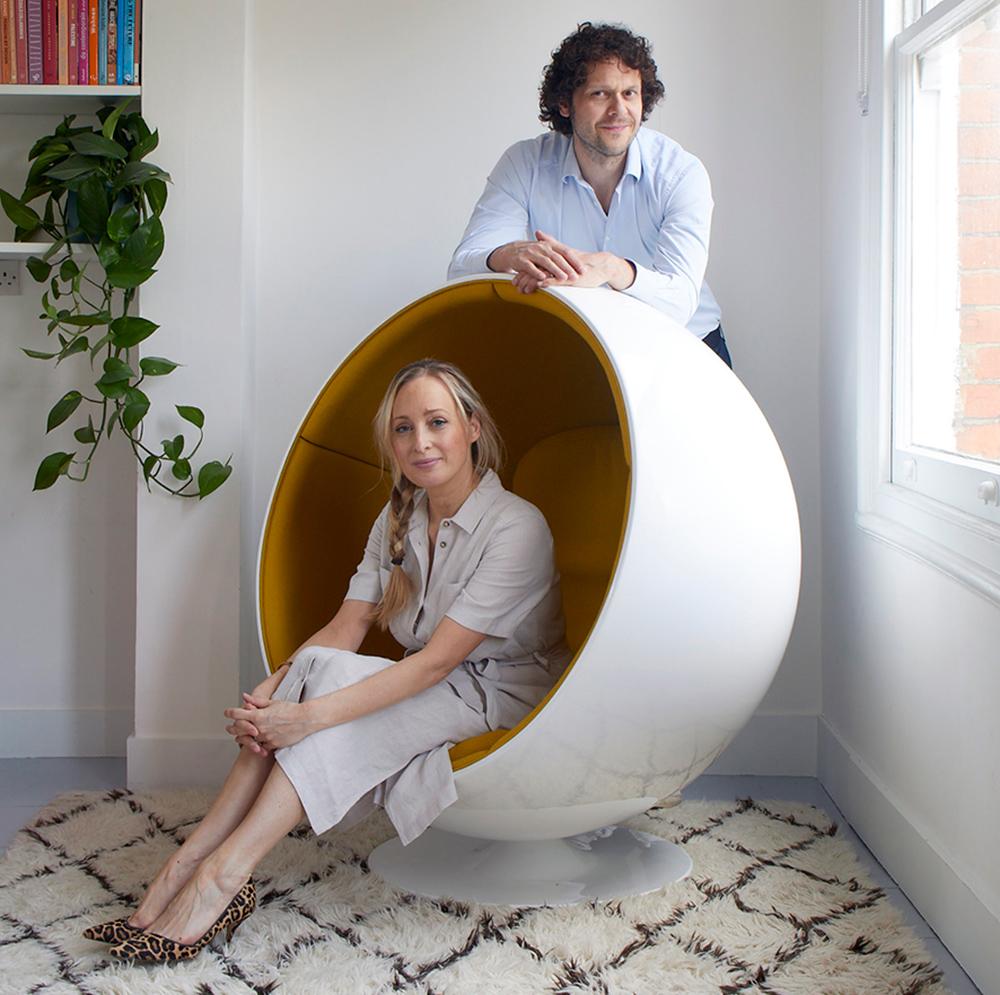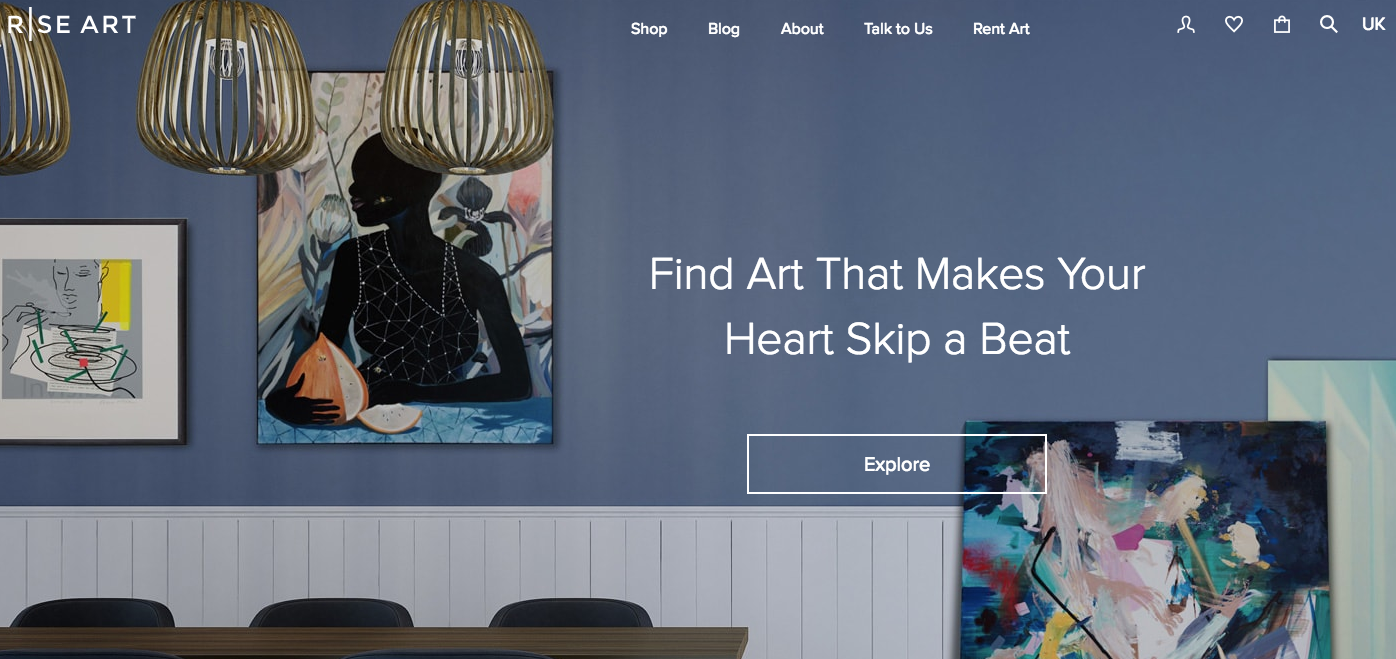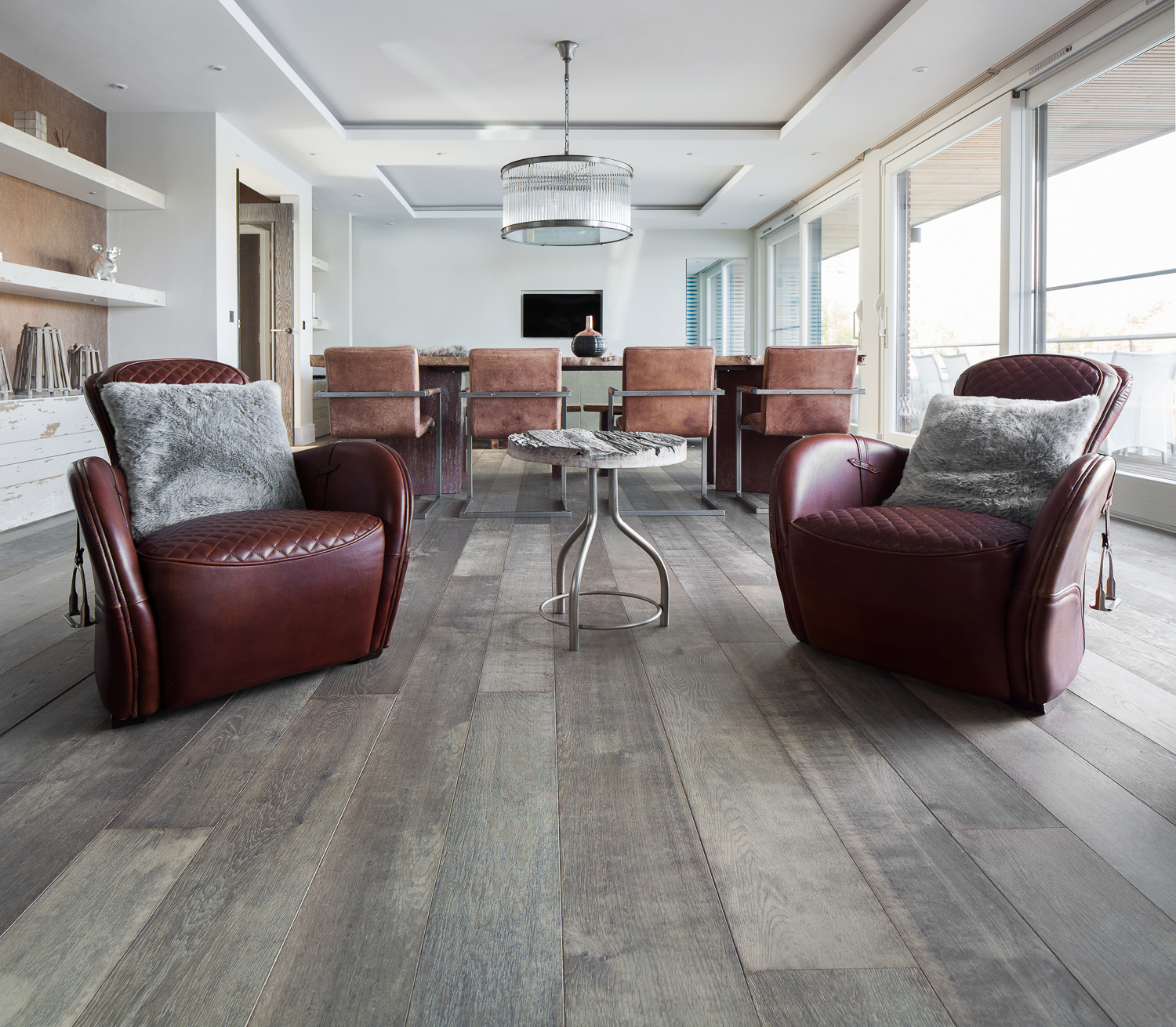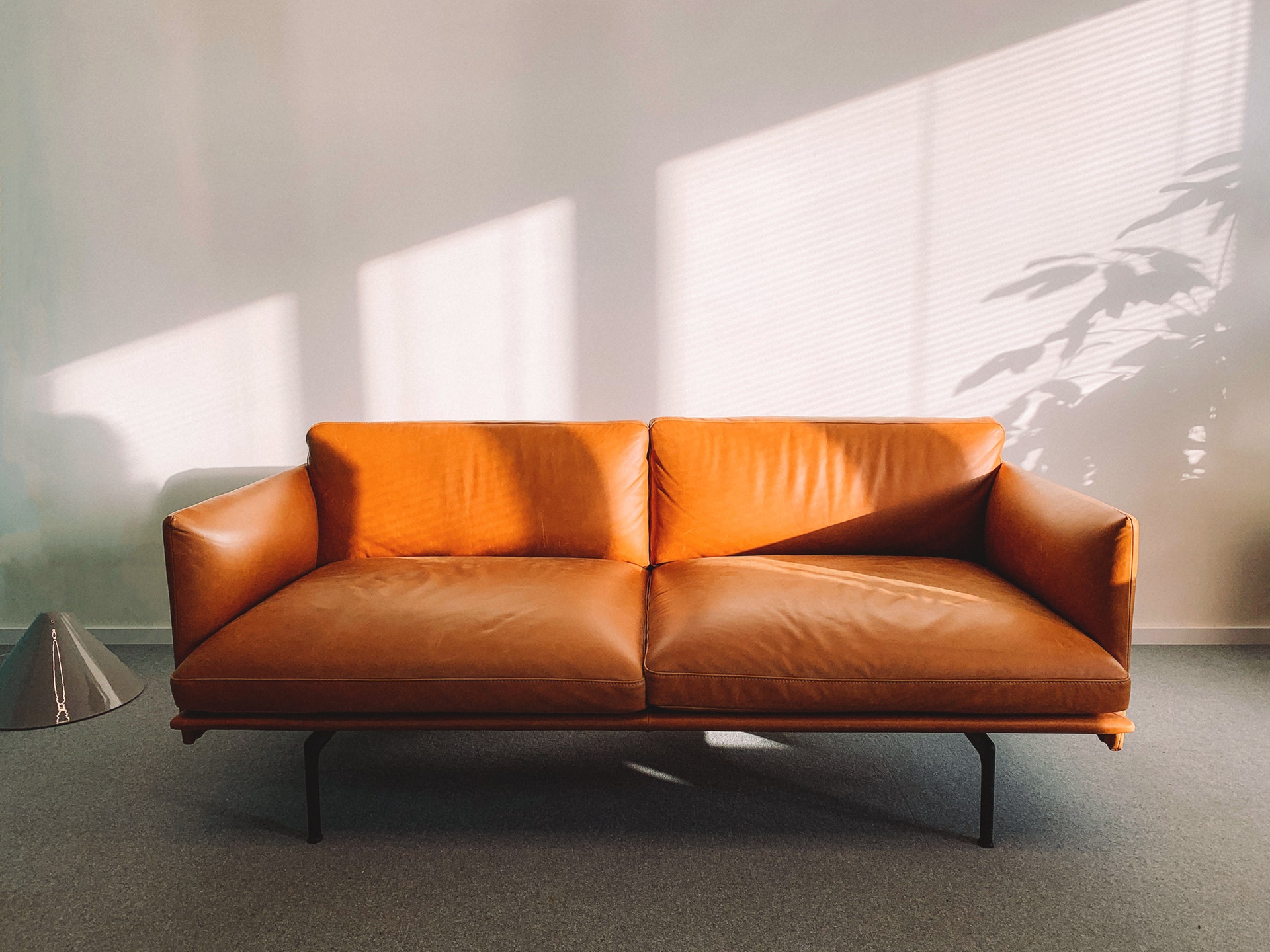
Surprisingly, according to various research studies, millennials are the largest group of home buyers…
However, their shopping habits are far different from those of yesteryear.
Research indicates that the millennial generation spends a great deal of their income on technology, fashion as well as dining out compared to older generations, while only 4.5% goes towards furniture.
This shift of behaviour has brought a viable alternative: “fast interiors”.
As opposed to purchasing, you can now rent your furniture for 3 months or for a number of years.
While the surge of furniture rental services might seem uncommon, actually, it is an apparent extension of the sharing economy and the circular market that has been growing, particularly in extremely inhabited urban areas, for the past decade.
With more young professionals working and living remotely, this has triggered different companies to explore products and systems that make it possible for a lighter, much more adaptable transient lifestyle.
A growing market
Brands are getting in a brand-new crop of revolutionising subscription-style decor, and have picked up on the decor-based rental service trend.
From furniture to art pieces, there is a range of commitment-free means to decorate your space while remaining on-trend and within your budget plan.
After discovering that sustainability in design is hindered by an ever-constant demand to create more stuff, and that people’s growing interest in curating their living spaces indicate they have a more transient connection with what’s in their homes, Wallpaper * editor-at-large, writer and curator Henrietta Thompson and her husband Ed Padmore established Harth — a rental platform for furniture and art that’s intending to bring a circular economy to the world of interiors.
In partnership with contemporary luxury brands such as Lee Broom, Stellar Works, Talisman Aarnio Originals and more, Harth rents out furniture pieces to its clients for both long-term home furnishing or temporary situations such as pop-ups, events, weddings and show homes.
For most, the art world appears to be exclusively for art enthusiasts and is beyond intimidating to novices.
However, a London-based online marketplace Rise Art, is aiming to transform that mindset with its almost too good to be true art rental solution.
The company essentially offers you the opportunity to test out original signed works worth several thousand pounds before purchase.
Consider it as a trial subscription for contemporary paintings, sculptures and more.
While you’ll certainly see more expensive pieces on the website, Rise Art has rentals available to take home for as little as £25 a month from up-coming urban artists such as Chris Ofili and Hush. The site also has offerings from renowned artists like; David Hockney and Peter Blake.
You can also rent artwork for as long as you like, until you decide to keep it or proceed to your next test-run.
Interestingly, larger retailers have also started testing similar home decor rental services. Ikea revealed strategies to broaden its furniture renting service to 30 markets during 2020.
“We know from our research that people’s behaviour and relationship to things are changing — as small space living becomes more common, and people are becoming more conscious of their impact on the planet, they want to be less wasteful and are looking for help to prolong the life of their belongings,” said Pia Heidenmark Cook, chief sustainability officer at Ingka Group.
The company, which has a track record for promoting sustainability, hopes that this service will reduce the amount of furniture waste.
“When that leasing period is over, you hand it back and you might lease something else,” said Torbjorn Loof, chief executive of Inter Ikea. “And instead of throwing those away, we refurbish them a little and we could sell them, prolonging the lifecycle of the products.”
Waste reduction
A 2015 report by EPA revealed that 12.05 million tons of furniture waste were produced, 10 thousand tons were reused, 2.35 million tons were combusted with energy recovery and a tremendous 9.69 million tons ended up in landfills.
Getting the most out of a furniture’s “useful life” prior to sending it to a landfill is crucial to both brands and consumers alike. Refurbishing and redistributing furniture is a way to contribute to combating furniture waste.
It is also really vital to be aware of the quality of products brands put into circulation up-front to ensure that it can be refurbished or refreshed into a like-new state. The world has to move to a more circular economy model where you can buy, use, refurbish and re-use. Hence getting 3 or 4 lives out of an item makes people more conscious of the quality of the product created in the first place.
Conclusion
Interior and furniture companies are making it possible, as well as feasible to transform any kind of space in whatever way we desire, for as long as we like, easily, conveniently and with complete peace of mind — enabling us to be a lot more flexible and experimental. We can be more environmentally conscious and we can enjoy a lot more design.


